As a mountainous border district with a large population of ethnic minorities and many socio -economic difficulties, Nam Nhun determined that it was necessary to start building the new rural area from the villages and hamlets - places directly linked to people's lives. Right from the beginning of the program, the district issued many directive documents, developed specific plans with clear content, objectives and allocated targets for each commune and hamlet. On that basis, each locality proactively reviewed and developed a suitable implementation roadmap. At the same time, the district has practical support policies, especially for communes with special difficulties. Flexibly integrating resources from target programs and ethnic policies to support materials and funding for building roads, schools, cultural houses, irrigation works, etc. Thanks to that, many intra-village and inter-village roads have been concreted; electricity, water and telecommunications signals are guaranteed. To date, the district has had 3/11 communes meeting NTM standards (including: Muong Mo, Pu Dao, Le Loi). The remaining communes have met 11 criteria or more, and are actively completing the missing criteria to strive to meet the standards in the 2025-2030 period.
A key factor contributing to the success of the new rural construction in Nam Nhun is promoting the role of the people as the main subject. The district pays special attention to propaganda and mobilization to raise awareness among cadres, party members and people about the meaning and goals of the program. When people clearly understand the benefits, participate in discussions, supervision and directly enjoy the results, they are willing to contribute from working days, materials to donating land for construction. Mr. Nguyen Van Hoa - Deputy Head of the Department of Agriculture and Environment of Nam Nhun district shared: "The results achieved are thanks to the participation of the entire political system and the consensus and active participation of the people. It is the internal strength of the people that has contributed significantly to the success of the program."
Many households in Nam Po village, Nam Manh commune help each other build houses, remove temporary and dilapidated houses to have a more stable life.
In fact, in communes such as Nam Hang, Nam Ban, Trung Chai, etc., people have voluntarily donated land and contributed working days to build welfare works such as roads, cultural houses, and schools. Such active participation shows that people are both the center and the driving force for the movement to build sustainable new rural areas. The rural appearance in Nam Nhun has now changed significantly. Infrastructure has been gradually completed, inter-village and inter-hamlet roads have been solidified, creating favorable conditions for trade and travel. Many schools, medical stations, and cultural houses have been newly built and repaired, serving people's lives well. The environment and rural landscape have been improved, many roads are full of flowers and green trees, creating a beautiful, clean, and proud living space. In addition to infrastructure investment, the district also promotes production development associated with restructuring the agricultural sector, converting crops and livestock to suit the conditions of each region. Some effective economic models have been replicated such as: growing squash in Nam Manh, raising breeding cows in Nam Pi, growing high-yield cassava in Hua Bum, Trung Chai... Thereby creating sustainable livelihoods and increasing income for people.
Mr. Tao A Toi - a resident of Nam No 2 village, Trung Chai commune said: "Now the concrete road goes all the way to the village, motorbikes and cars can travel conveniently, children can go to school with less difficulty. The newly built cultural house helps people have a place for community activities, organize festivals and New Year. Most importantly, the commune officials guide how to do business, what to plant, what to raise effectively. Thanks to that, the income of my family and many households in the village has increased significantly". According to statistics, the average income per capita in the district is currently nearly 40 million VND/year, 2.5 times higher than in 2015. The poverty rate has decreased rapidly each year, averaging 4-5%. More than 95% of people participate in health insurance. Education, health care, and social security are given attention; national cultural identity is preserved and promoted.
Building a new rural area not only develops the economy, but also preserves and promotes the cultural identity of ethnic groups (In the photo: Min Loong Phat Festival of the Cong ethnic group in Tang Nga village, Nam Cha commune).
Mr. Nguyen Van Ninh - Vice Chairman of Nam Nhun District People's Committee emphasized: The district identifies the construction of new rural areas as a long-term process, with a starting point but no end point. In the period of 2025-2030, the district focuses on improving the quality of communes that have met the standards, moving towards building advanced, model new rural communes associated with tourism development, clean agriculture, and circular economy. With a methodical approach, the determination of the political system and the consensus of the people, the new rural construction program in Nam Nhun district will continue to reap many achievements, bringing sustainable development to the border area.
Source: https://baolaichau.vn/xa-hoi/doi-thay-tu-xay-dung-nong-thon-moi-o-huyen-nam-nhun-1230497


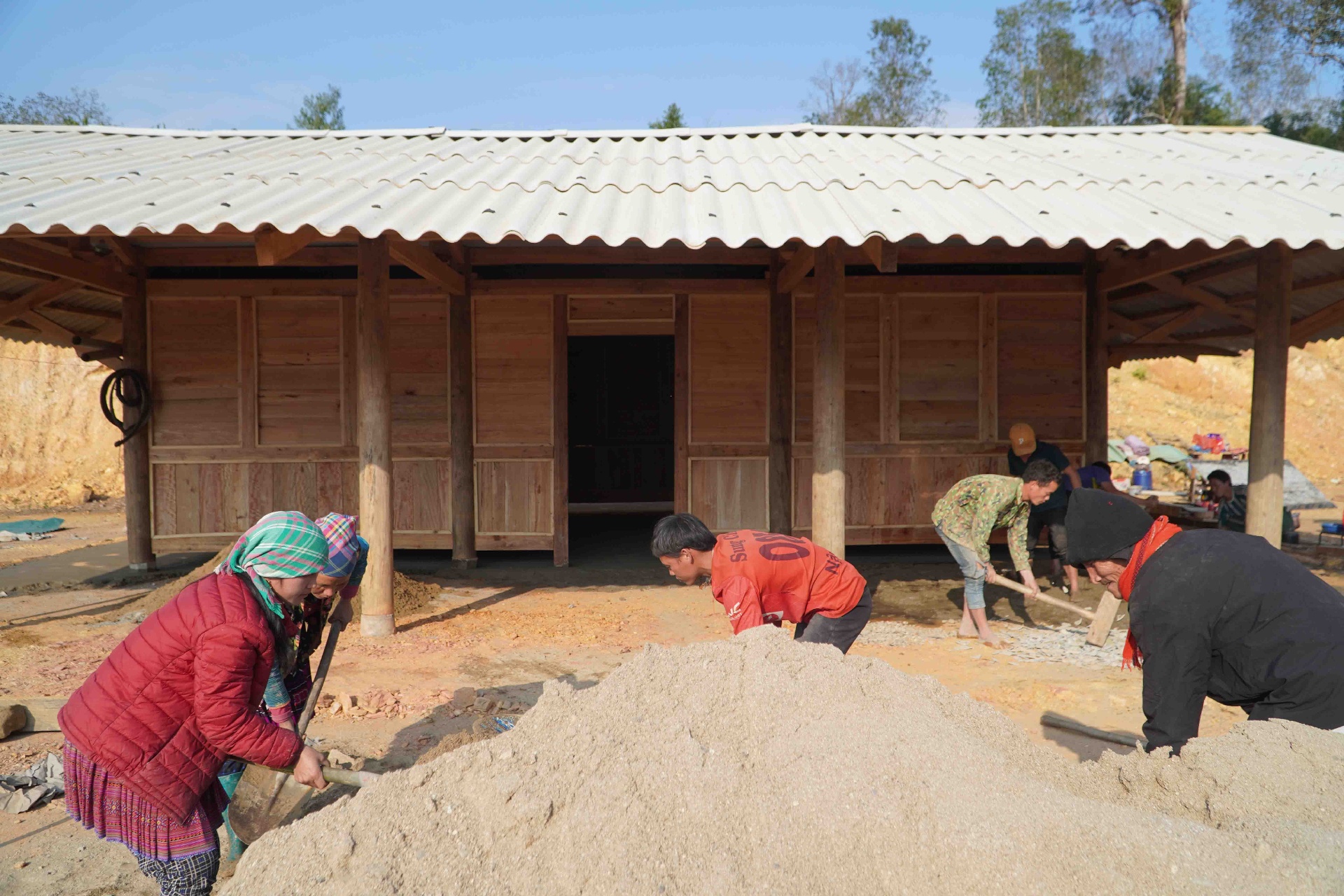
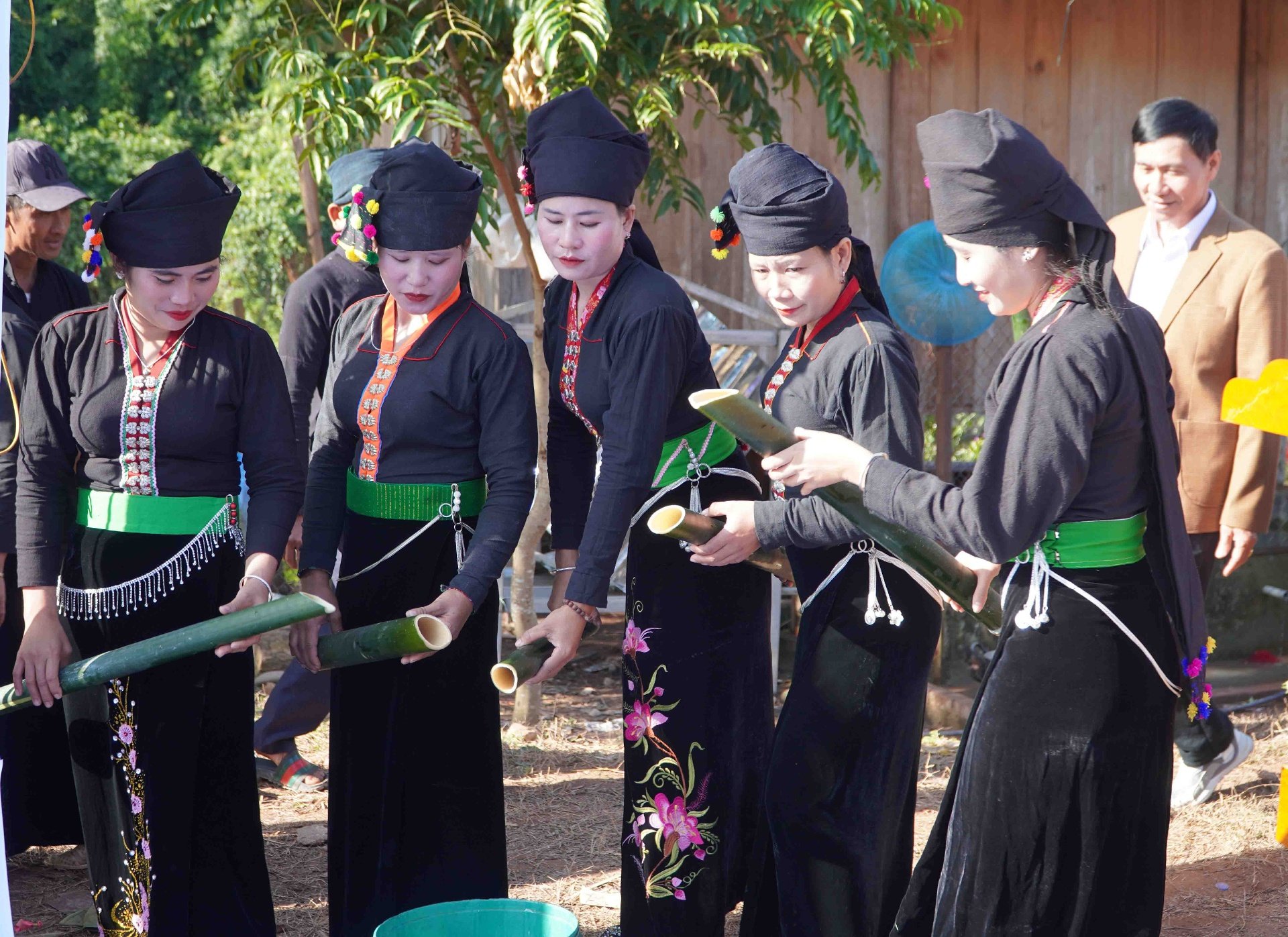






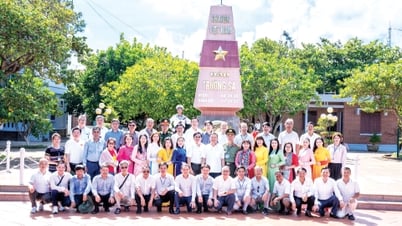




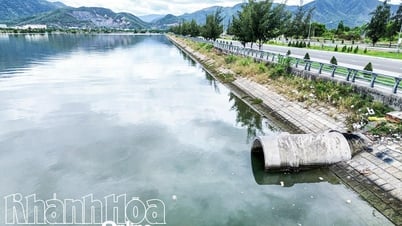
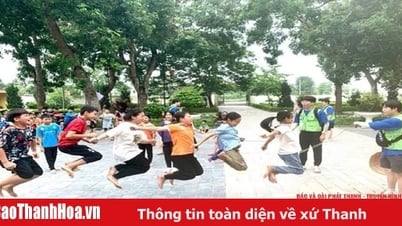







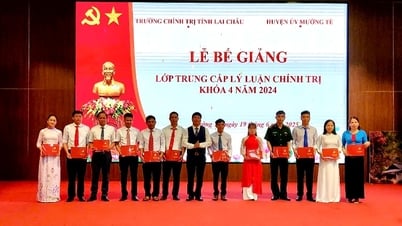
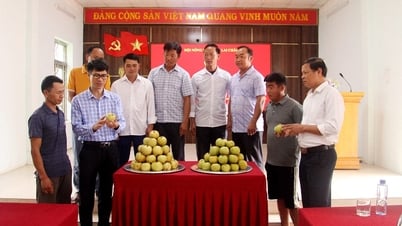
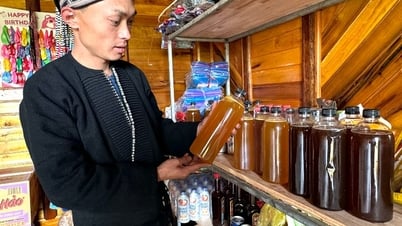

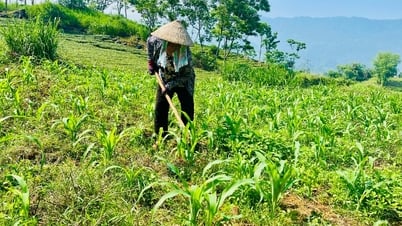
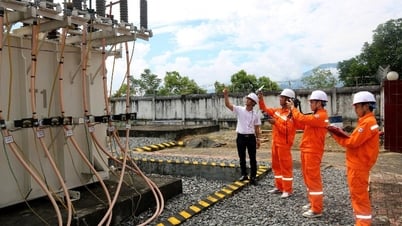




















































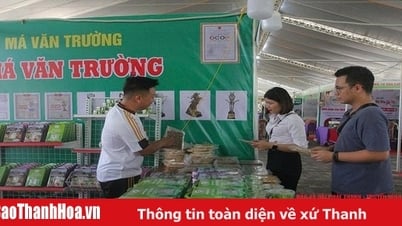


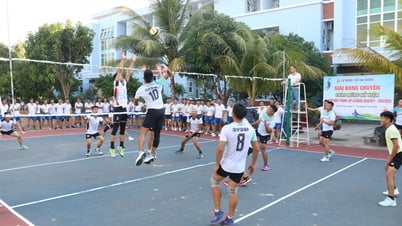









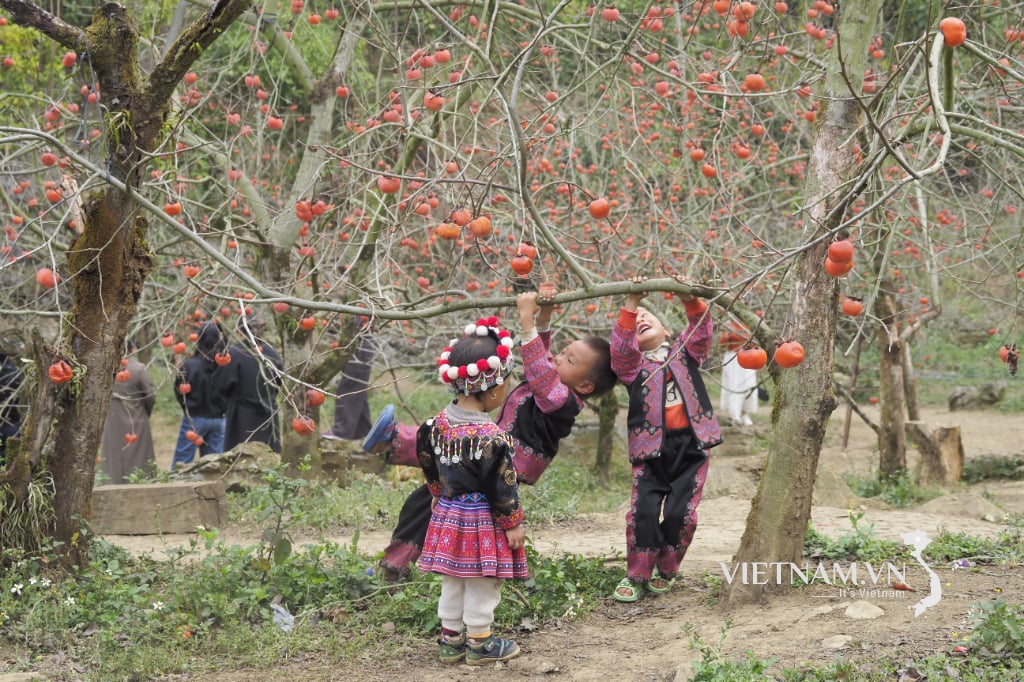


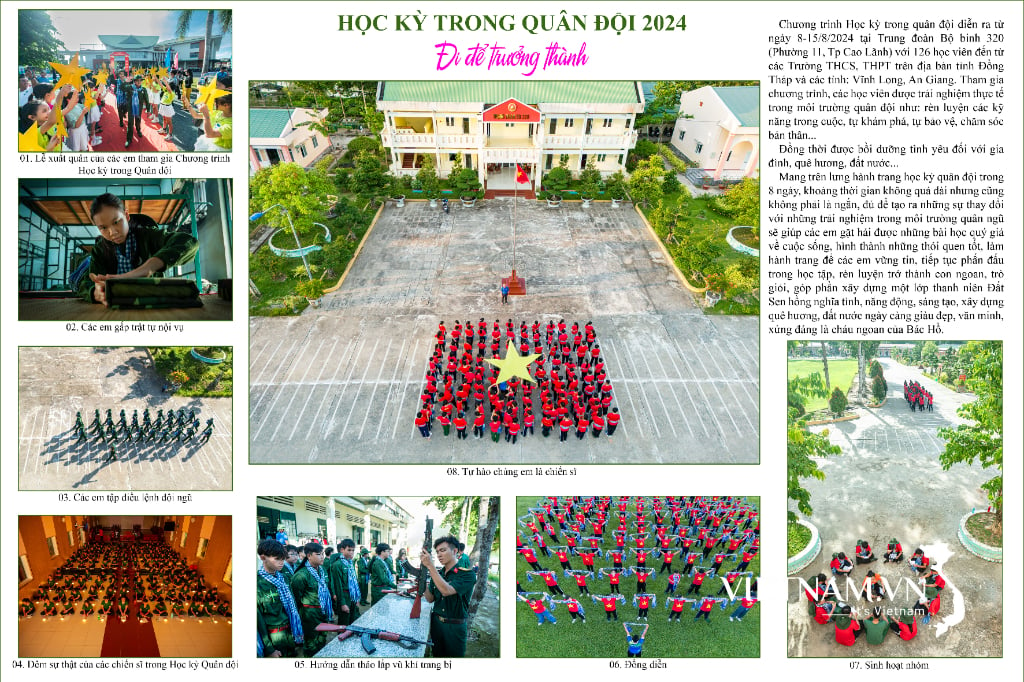
Comment (0)